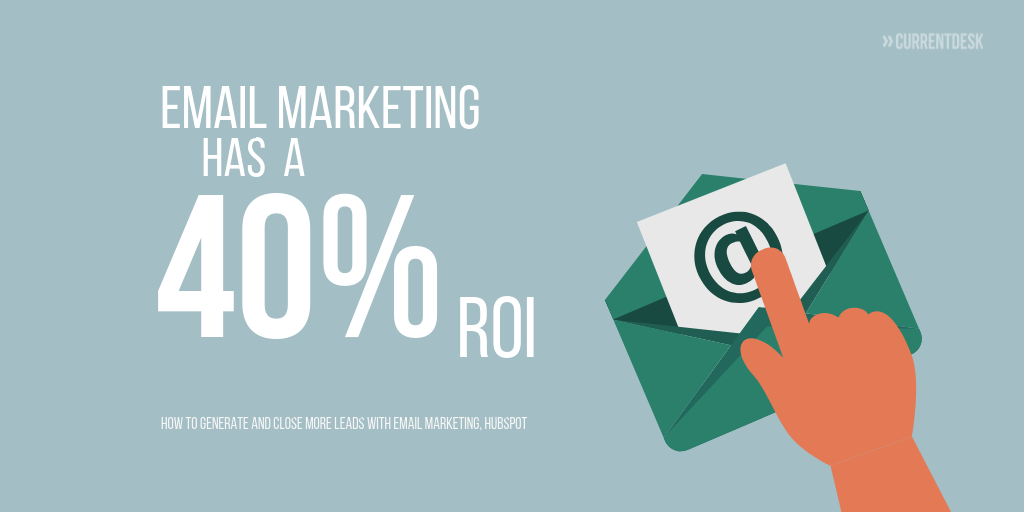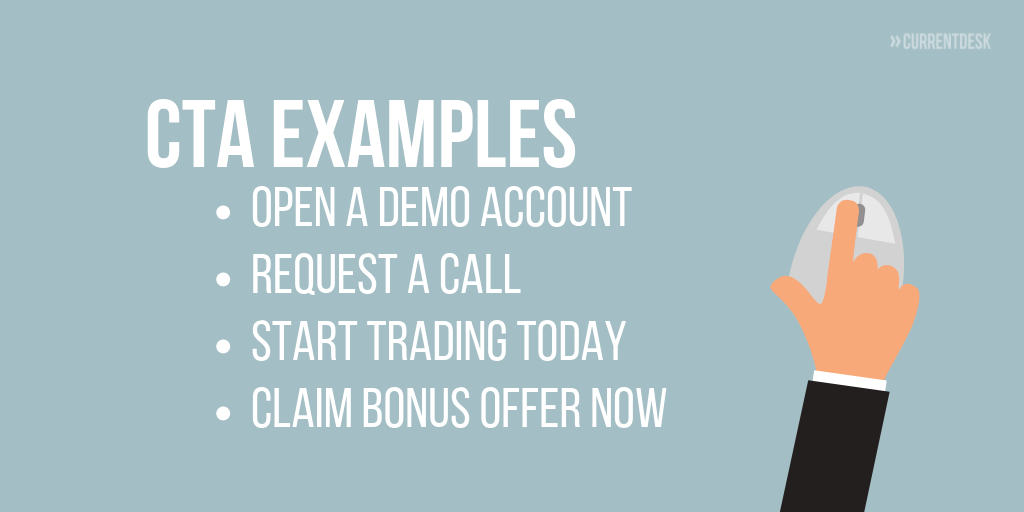Email Marketing | Forex Leads
There are well over 200 billion emails sent each day, and many of those emails are for business. In fact, about 73% of people under 35 say email is their main source of business communication.
In this series, we’re examining email marketing in the forex industry.
Over the next few weeks, our blog will discuss how email can help you attract new forex clients and keep the ones you already have.
In this first post we’re covering email marketing as a way to convert leads.
When you want to attract more clients to your forex business, email is a great tool. It’s also a relatively inexpensive one. If your CRM already has an email feature, you can send emails while spending your marketing dollars elsewhere.
Writing emails
If you don’t have a lot of marketing or writing experience (and even if you do), writing emails to nurture forex leads might seem challenging. Focus on the main parts of the email and handle them one at a time to make the task less overwhelming. After you’ve written a few, you’ll feel comfortable writing marketing emails to leads!
Depending on your CRM, you may even be able to create drafts that all the brokers and sales officers at your firm can use.
Sender email address
All good forex CRMs will include an email feature that lets you send emails to a large group and set the sender’s email address.
It’s best to avoid using a no-reply address like [email protected]. Those addresses look like spam because it isn’t clear that a real person sent them.
Instead, opt for a person’s name in the email address, like [email protected], or possibly a department name, like [email protected].
Subject line
It’s hard to over-stress the importance of subject lines in email marketing. A good subject line makes the difference between someone opening your email and sending it straight to the trash.
Think of your subject line as the heading for a news article. It should address the topic and provide enough detail so that the reader knows what the email is about. However, it shouldn’t be too long.
Research suggests that subject lines that have about 41 characters (6 to 7 words) get opened most often, and most people prefer emails to be capitalized following sentence casing (meaning you only capitalize the first word and any proper nouns).
For the forex industry, you should also make sure that your subject lines don’t sound too good to be true. Use accurate language that doesn’t exaggerate the size of your spreads or your execution speed.
Body
The body of your email should include your basic message and any appropriate images.
Use a conversational tone and address the reader as you (IE: You can sign up for a free demo account today). Focus on the benefits clients get from working with your firm, not the features you offer.
Keep your paragraphs short. They shouldn’t be more than three lines of text on a mobile device. Send a test email to yourself and look at it on a phone to make sure your reader won’t be met with a wall of text if they open your email on their phone.
Use colors and images to make your emails visually appealing to increase click-through rates, but use caution when you do so. Ensure the graphics look good on mobile. Also consider the cultural differences that may exist among international clients. The same color can represent different ideas and evoke different emotions in different cultures.
CTA
After the subject line, the call-to-action (CTA) is probably the most important part of a marketing email. This is the action you want the reader to take.
Place a button or link in your email that clearly states what the reader will do by clicking it. Use verbs to convey a sense of action.
The CTA should be short – just a few words. Directly state what the reader is doing by clicking.
Other email tips
Aside from the basics of the email, there are a few more ways to increase your chances of success with email marketing.
Target groups
Your CRM should allow you to create groups of leads, and then target that group.
You might want to send an email to everyone who became a lead during a certain period of time. If your CRM lets you make those kinds of groups you can create a campaign where leads get emails with specific types of content within a certain point of first interacting with your brokerage.
For example, once a month you could send an email to anyone who first interacted with your firm during the previous month. That email could include some basic information about trading in the forex market. Then, you could send a follow-up email to the same group a few weeks later with more detailed information.
Personalization
If your CRM is capable, personalize your emails. This means adding in information that is specific to each reader. For example, you should open by addressing the recipient by their first name.
Most email tools allow you to enter variables like First Name. Then the system will pull information from your database to automatically fill in the first name field that is associated with the recipient’s email address.
Personalized emails feel more like their coming from a real person directly to the recipient instead of from a bot or auto-generated list.
Don’t buy email lists
You may be ready to send emails, but not have many leads to send them to. Gather emails naturally instead of buying a list of email from a research firm or list-purchasing company.
Most email and CRM providers prohibit sending emails to lists that were purchased, so you may end up wasting your money if you purchase an email list.
You can collect email addresses from people interested in forex trading with a form on your website, by offering demo accounts, or by attending forex events.
Marketing emails are one of the best ways to nurture leads so that they convert into trading clients. One reason they’re so effective is that you likely already have the tools you need to start sending emails.




Comments are closed.